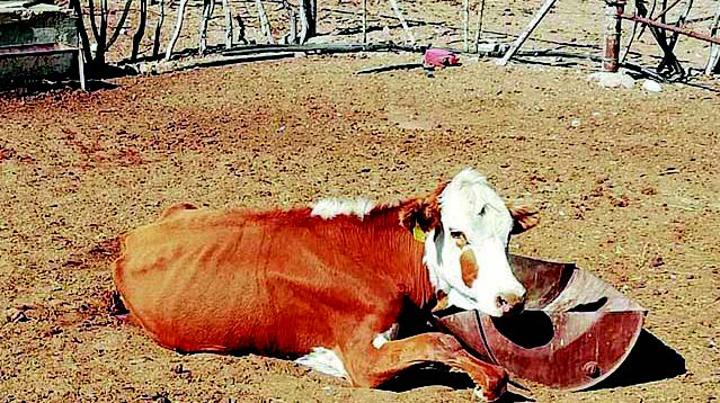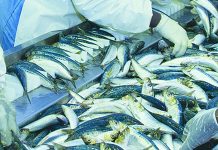Africa-Press – Namibia. NAMIBIA has in the past two years lost about 90 000 cattle to drought.
So says Benedict Libanda, the head of the Environmental Investment Fund of Namibia (EIF). He was speaking at a project handover on Friday, announcing the number of cattle that died between October 2018 and August 2020.
“We lost about 90 000 cattle from drought. In 2019, the government spent about N$131 million on drought relief. The City of Windhoek declared a water crisis in the same year,” he said.
Namibia has been battling recurring droughts for the past seven years. “Namibia is one of the most vulnerable countries when it comes to climate change,” he said.
Libanda said the impact of climate change on the Namibian economy is estimated to be 8% over a period of two years. “This is alarming. We are already feeling the impact of climate change. We are not talking about the future, we are already feeling it,” he said.
The EIF has been advising farmers to venture into smallscale farming, he said. From October 2018 to May 2019, Namibia experienced its driest rainfall season in 38 years, resulting in severe drought.
The drought has resulted in diminished crop production, estimated to be 42% below average in many areas, and has left 257 383 people without adequate food, according to various United Nations (UN) agency reports.
Of the total number of cattle that died, 45 000 died in the Kunene region alone. Despite several parts of the country recording improved rainfall this year, the Kunene region and parts of Omusati, Oshana, and Oshikoto are experiencing severe drought, which has led to food insecurity.
To remedy Kunene’s drought woes, the government has made N$21 million available to the region for the provision of water. A total of 16 boreholes have been drilled, 19 water points have been set up, and 18 boreholes have been rehabilitated.
This year in March, the Cabinet resolved to assist the region by introducing food assistance for affected residents, providing water and water services to needy communities, and by introducing a livestock programme.
The Kunene region has received 69 988 bags of maize meal of 10kg each, and 269 212 cans of tinned fish, along with 39 wildlife carcasses, cooking oil, instant porridge, and bales of grass.
UN Namibia said drought events between 2013 and 2016 have affected about 450 000 people and caused massive food insecurity. In 2019, the annual agricultural output in Namibia and Botswana was estimated to have fallen to below 50%, and lower than 40% in Zimbabwe of the five-year average.
The EIF on Friday handed over 16 completed projects in the area for creating climate change-resilient livelihoods through community-based natural resource management in Namibia
The funded projects have to date contributed towards empowering rural communities by increasing their resilience to the adverse impact of climate change, such as protracted droughts, increased flood events, reduced crop production, and livestock losses.
In addition, the interventions implemented by the projects are directly contributing to the realisation of Namibia’s obligations to national and international climate-change goals, objectives, and frameworks.
For More News And Analysis About Namibia Follow Africa-Press






